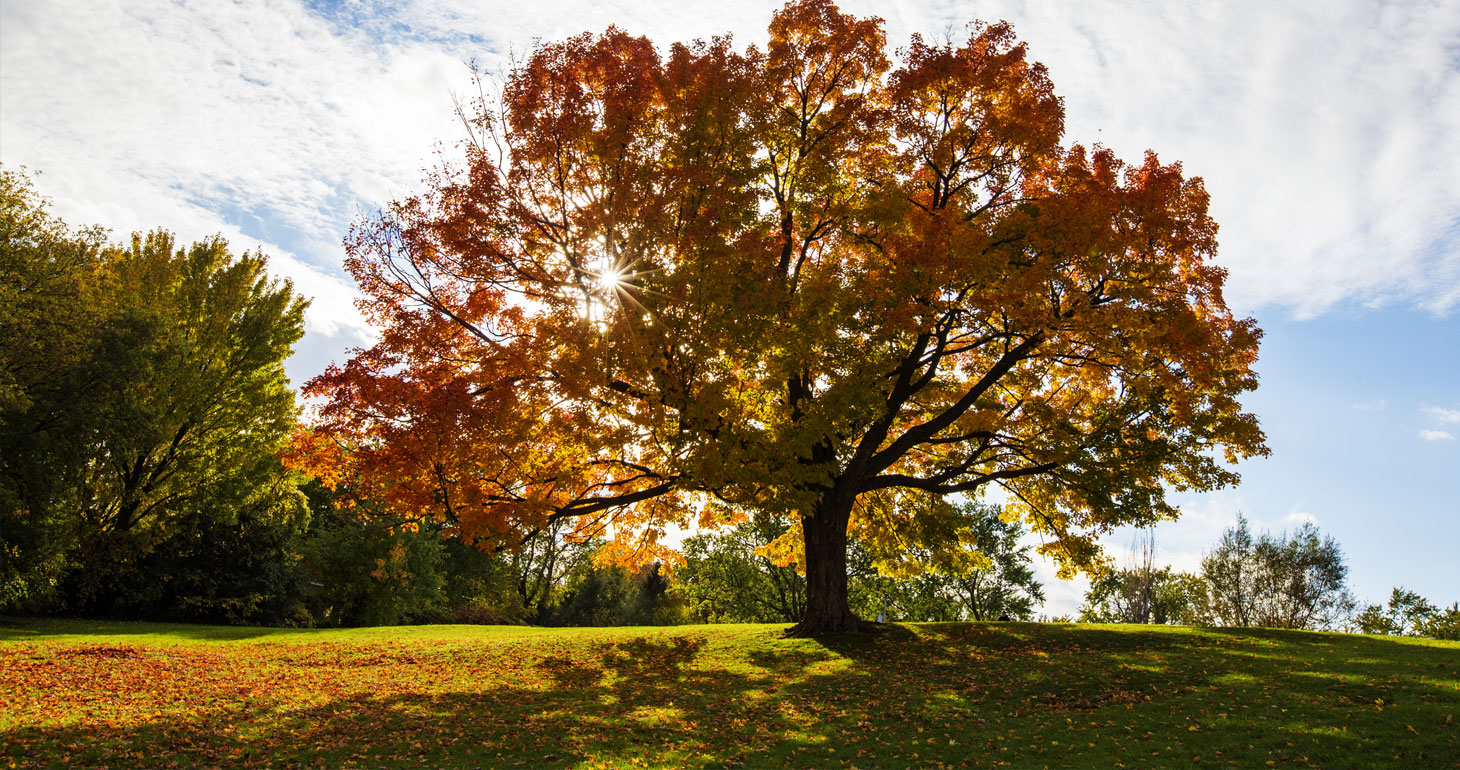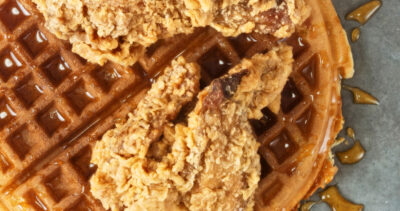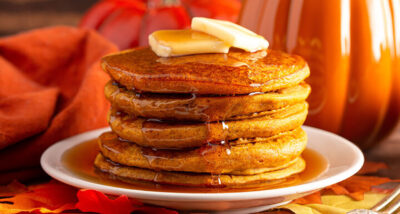An Ode to the Sugar Maple Tree
Hip, hip hooray for Arbor Day!
This year’s observance actually marks the 150th anniversary of the very first Arbor Day tree-planting event, held April 10, 1872, in Nebraska City, Nebraska. On Friday, April 29, Arbor Day will be celebrated in all 50 states.
You can probably guess why our crew is so amped for Arbor Day up here in Island Pond, Vermont. And you can probably guess our favorite tree — that’s right, the Sugar Maple.
Arbor Day is awesome (the Arbor Day Foundation shares great info on Arbor Day history, finding celebrations in your state, and helpful tips for supporting its mission by planting trees of your own).
But we are gathered here today to sing the praises of Acer saccharum — the sugar maple.
“There is in some parts of New England a kind of tree whose juice that weeps out its incision if it is permitted slowly to exhale away the superfluous moisture, doth congeal into a sweet and saccharin substance.”
‘A SWEET AND SACCHARIN SUBSTANCE’
Of course, the “kind of tree” English chemist Robert Boyle was referencing when he uttered these memorable words in 1663 was the sugar maple, and the “sweet and saccharin substance” made from the juice that weeps from its veins is maple syrup.
The fact that it could produce sap, thought to be first made into maple syrup and used by indigenous peoples of North America, brought special status to this very special tree.
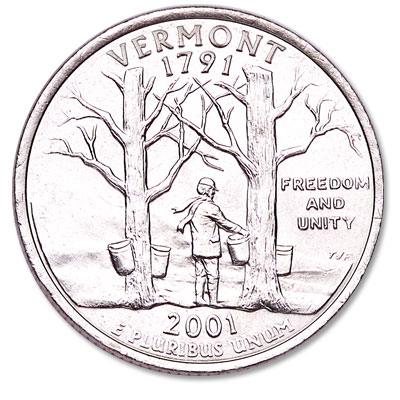
An ‘Official’ Tree
One of 13 types of maples native to North America, the sugar maple is the official state tree in four different U.S. states — New York, Wisconsin, West Virginia, and, of course, Vermont, whose official state quarter features the image of a scarf-wearing woodsman tapping a sugar maple for sap. Canada famously uses a stylized sugar maple leaf as its national symbol, so the widely recognized leaf flutters not just on trees throughout our neighbor to the north also but on its flags.
A Hardwood Tree
Also known as hard maple or rock maple, the sugar maple is also one of the hardest types of wood among commonly available species, making it a very popular choice for flooring and fine furniture. Vermont Woods Studios says the wood from the sugar maple “is incredibly strong, looks great, and stains nicely” and that “woodworkers and furniture aficionados gravitate toward maple for its light, creamy color, smooth grain pattern, and impressive durability.”
A Sporting Tree
Baseball home run king Barry Bonds reportedly switched from traditional ash wood baseball bats to bats made of maple several years before he blasted 73 home runs in 2001 — a record that prompted many others to follow suit; today more than half of major leaguers use maple bats.
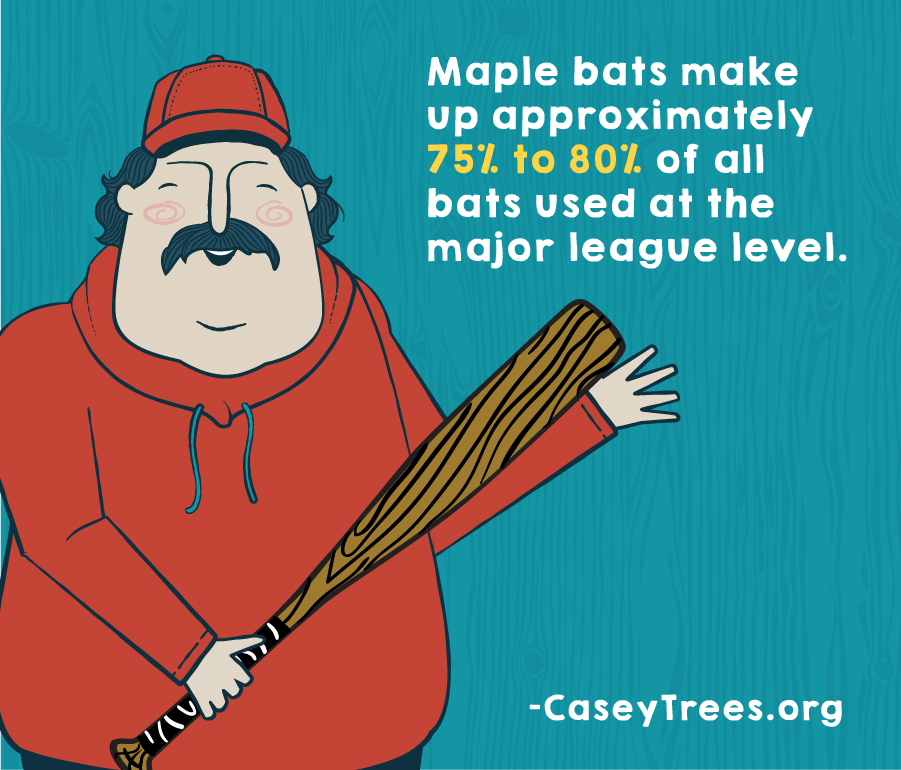
A Multipurpose Tree
Historically, America’s earliest settlers used maple syrup for barter, used the tree’s inner bark to make a tea to treat coughs, used its ashes to make soap, and drank the sap both as a spring tonic and also to cure liver and kidney problems. Today, sugar maples and their sister maples are very popular as ornamental and shade trees. And in addition to flooring and furniture (and baseball bats), they are also used to make tool handles, musical instruments, pool cues, and more.
A Foliage Tree
Sugar maple trees are also “favorites for fall foliage,” according to The Environmentor, doing their part to fill out those vibrant autumn foliage tableaus with their red, orange, and yellow leaves.
SUGAR MAPLEs BY THE NUMBERS
According to the Arbor Day Foundation’s Acer saccharum page and other sources:
- Sugar maples can live to be 300+ years old.
- They can grow to a height of 80–115 feet, or higher.
- Their growth rate is slow to medium, with height increases of less than 12 inches to 24 inches per year.
- All maples can be used to make syrup, but Acer saccharum has the highest concentration of sugar in its sap.
Of course, their sweetest attribute is their syrup. But they sure do make you work for it. You need to collect approximately 35–50 gallons of maple sap to make just one gallon of maple syrup. For us, it is not only sooooo worth the effort, it is a labor of love.
Happy Arbor Day! We’re going to celebrate by taking good care of our tall friends up here in the magical hills of Vermont’s Northeast Kingdom, and by sitting down at the table for a stack of fresh pancakes topped with some true taste of the forest. How about you?
Additional Arbor Day reading: How to Care for Your Sugar Maple >>
